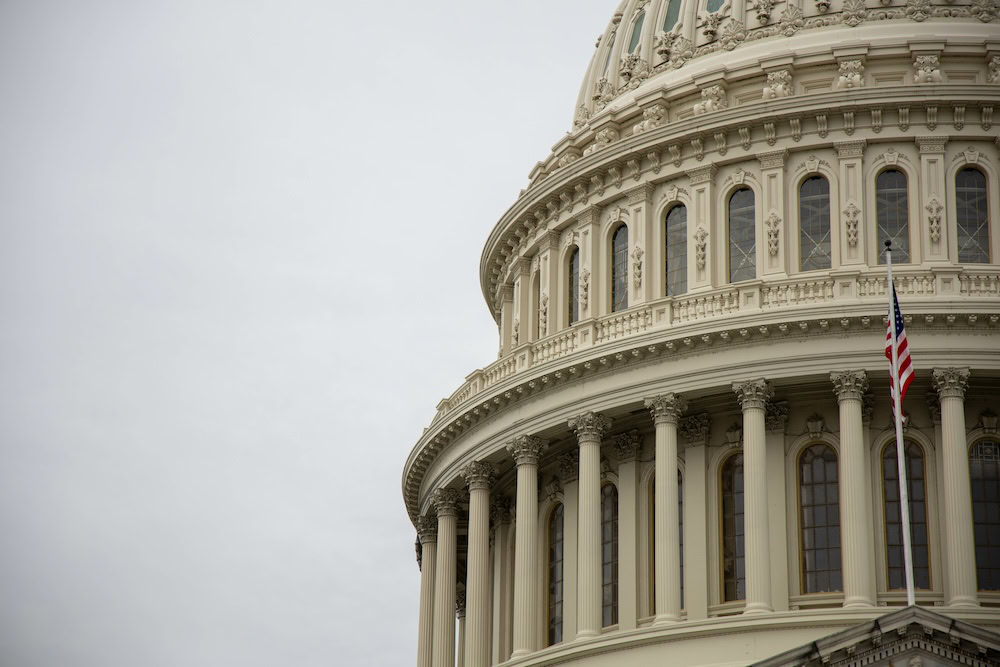As we near the end of the administration’s first year, continued state and federal shifts are forming the future of the healthcare landscape. These changes highlight a growing urgency around public health protections, health data interoperability and financial pressures in care delivery.
- CMS Rural Health Transformation Program (RHTP) Spurs State Action: The Centers for Medicare & Medicaid Services (CMS) recently launched the RHTP, offering states new funding opportunities to strengthen rural care delivery. With a focus on integrating behavioral and physical health, closing equity gaps and improving data sharing, RHTP is designed to help states reduce costs and expand access for high-need populations. For state Medicaid leaders, health systems and community partners, this initiative presents a unique chance to align infrastructure investments with sustainable federal support.
- Florida Moves to Restrict 7-OH Opioid Products: In August, the Food and Drug Administration (FDA) endorsed Florida’s decisive step to restrict concentrated forms of 7-hydroxymitragynine (7-OH), a potent opioid. Florida Attorney General James Uthmeier filed an emergency rule, effective immediately, classifying concentrated 7-OH products as Schedule I controlled substances. FDA Commissioner Marty Makary, M.D., M.P.H., applauded the move, citing growing concern over youth-targeted products, such as gummies, candies and even ice cream cones, containing concentrated 7-OH. The FDA has already recommended a federal scheduling action, and the Drug Enforcement Administration (DEA) is currently reviewing the proposal. While the federal process requires a public comment period before finalization, Florida’s swift action underscores the momentum states can take to protect communities from emerging drug threats. For providers, health plans and community health partners, this development reinforces the importance of monitoring evolving state-level drug classifications, which may precede federal action.
- Federal Reorganization and New Interoperability Standards With a New CTO: At the federal level, the Trump Administration recently announced a reorganization of the Advanced Strategic Technology Program (ASTP) under the new Office of the Chief Technology Officer (CTO) at the Department of Health and Human Services (HHS). The office, reporting to Deputy Secretary Jim O’Neill under Secretary Kennedy, will be pivotal in advancing nationwide health IT interoperability. The CTO’s focus includes promoting secure, efficient electronic health information exchange across the care continuum and continuing the implementation of the Trusted Exchange Framework and Common Agreement (TEFCA) to build a more connected national infrastructure. This realignment signals a renewed federal emphasis on health IT modernization, with direct implications for providers, health systems, and technology partners navigating data exchange, compliance, and care coordination.
- Medicaid Cost Pressures and ABA Services in Focus: At the health plan level, mounting financial pressures are reshaping the conversation around Medicaid. Centene recently flagged surging costs for applied behavior analysis (ABA) services, raising concerns about sustainability as demand continues to climb. With Medicaid already under strain in multiple states, these rising costs underscore the challenges payers face in balancing member access to essential therapies with the economic realities of reimbursement and program design. For health systems and provider organizations, these payer pressures may influence coverage policies, reimbursement rates, and network participation strategies, particularly in areas like behavioral health where service demand is rapidly expanding.
As state and federal priorities continue to evolve, organizations must remain agile to track regulatory shifts, assess compliance impacts and ensure strategies align with evolving public health and financial realities. At Bamboo Health, we’re committed to helping organizations navigate these changes with actionable insights and strategies. Contact us today to learn more about empowering life-improving actions for everyone experiencing physical and behavioral health disorders.



